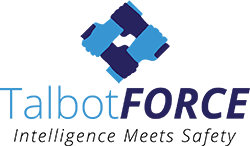Manpower planning ensures organizational success, enabling businesses to align their workforce with strategic objectives and operational needs. This blog explores the fundamental principles and strategies for managing manpower planning effectively, empowering businesses to optimize their human capital, and driving sustainable growth.
Analysing Current and Future Requirements:
The foundation of successful manpower planning lies in conducting a thorough evaluation of both current workforce capabilities and future demands. This entails scrutinizing various factors including anticipated business expansion, prevailing industry trends, and technological advancements, and identifying any skill gaps within the current workforce.
By obtaining a clear understanding of both immediate and future needs, organizations can formulate well-informed manpower plans that are closely aligned with their long-term objectives.
Defining Critical Positions and Skill Sets:
Following the assessment of current and future needs, the subsequent step involves delineating critical positions and the necessary skill sets essential for achieving organizational objectives. This includes conducting comprehensive job analyses, outlining job responsibilities, and identifying fundamental competencies for each role.
By precisely defining skill requirements, organizations can make well-informed decisions regarding recruitment, training, and talent development strategies.
Recruitment and Talent Acquisition:
Recruitment plays a vital role in manpower planning, as it involves sourcing and attracting qualified candidates to fill vacant positions or address skill shortages. Organizations can leverage various recruitment channels, including job boards, social media platforms, professional networks, and recruitment agencies, to identify potential candidates.
Additionally, implementing robust selection processes, such as interviews, assessments, and reference checks, ensures that candidates possess the necessary skills and attributes to contribute effectively to the organization.
Training and Development:
Strategically investing in employee training and development serves as a fundamental aspect of cultivating a proficient and flexible workforce. Organizations can deploy a diverse array of training initiatives, encompassing on-the-job training, workshops, seminars, and e-learning courses, to elevate employee skills and competencies.
Moreover, facilitating avenues for career progression and professional development fosters heightened employee engagement and retention, thereby bolstering organizational triumph in the long run.
Performance Management and Succession Planning:
Instituting performance management protocols, such as routine performance evaluations and feedback sessions, empowers organizations to gauge employee performance, offer constructive guidance, and pinpoint areas for enhancement.
Furthermore, succession planning ensures that organizations maintain a reservoir of adept individuals poised to step into pivotal roles in instances of vacancies or promotions. By identifying high-potential employees and furnishing them with avenues for advancement, organizations can mitigate succession risks and ensure seamless continuity in leadership positions.
Effective manpower planning serves as the backbone of organizational success, enabling businesses to optimize their human capital and adapt to evolving market demands. By strategically aligning workforce capabilities with strategic objectives, businesses can enhance productivity, foster innovation, and stay ahead of the competition.
Embracing proactive manpower planning ensures that organizations have the right talent in place to navigate challenges and capitalize on opportunities, ultimately paving the way for sustainable growth and long-term success.











